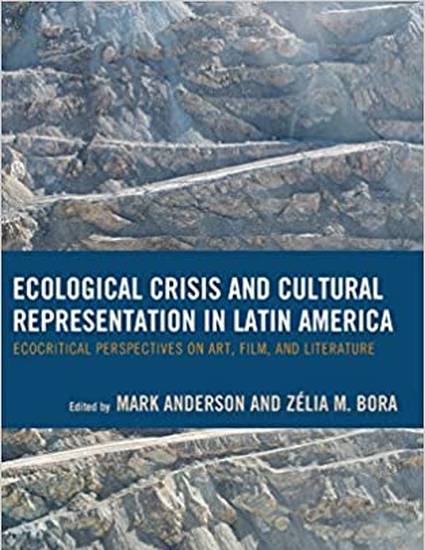
The 1979 triumph of the Sandinista Revolution in Nicaragua was a pivotal movement in Central American history that presented great hope for social progress on multiple fronts, not least of which was the country's environmental movement. One of the central objectives of the revolution was to enact agricultural reforms that would create economic policies designed for the exclusive benefit of the Nicaraguan oligarchy. Given the importance of healthy ecosystems for the success of subsistence farmers, it was perhaps inevitable that, as one Nicaraguan scientist put it, "revolutionary struggle and environmentalism became one" (qtd. in Faber, Environment 154). Thirty-six years later, with Sandinista President Daniel Ortega having struck a deal with Chinese billionaire Wang Jing for the construction of a $50 billion interoceanic canal, the ties between Sandinismo and environmentalism appear to have been severed. Indeed, for Axel Meyer, a German biologist and expert on Nicaragua's ecological systems, the true cost of the canal is "staggering environmental devastation" (qtd. in Zach 6).
Available at: http://works.bepress.com/adrian_kane/17/
